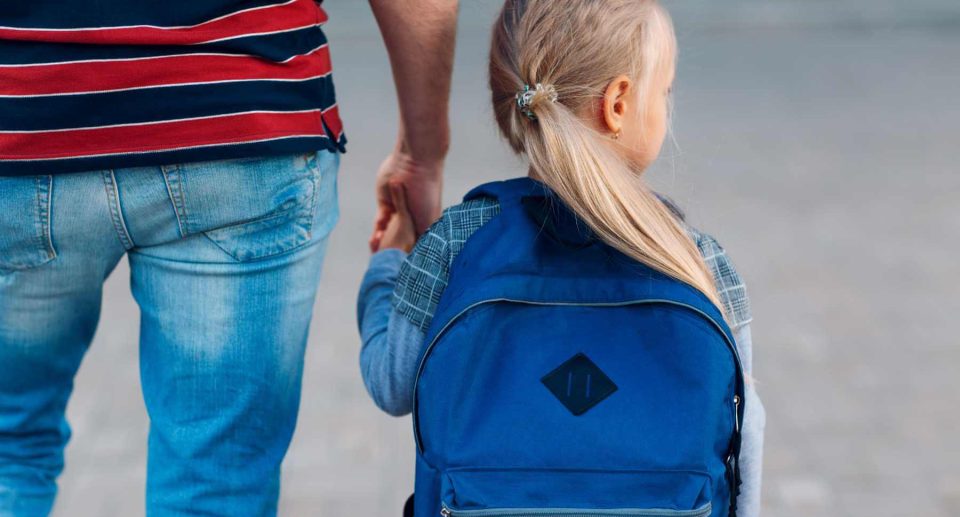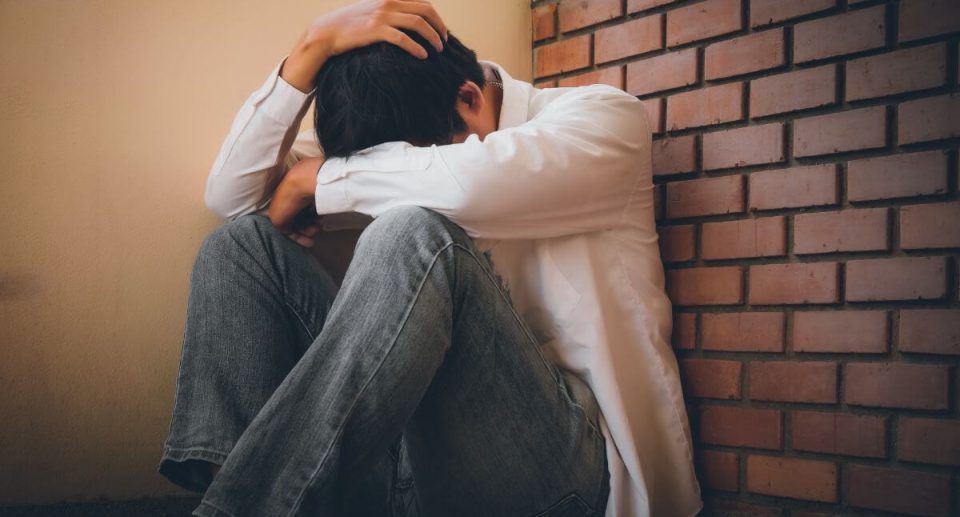Sepanx: Causes, Symptoms & Support for Separation Anxiety

Sepanx, or separation anxiety, is commonly experienced by infants and toddlers. Read the article to know everything about Sepanx and how to overcome it.
Key takeaways
- Separation anxiety (Sepanx) can occur both in children and adults. However, it is more common in children.
- Sepanx involves intense fear or distress related to being separated or out of sight from loved ones.
- Sepanx in children is a common occurrence and can go away on its own in most cases.
- Separation anxiety may occur naturally or can also be caused by life changes, stressful or traumatic experiences, or overtly dependent relationships.
- Separation anxiety in children can be gradually reduced with separation exercises, fostering independence, and seeking professional support through therapy.
What is Sepanx?
Separation anxiety, also referred to as Sepanx, is a form of anxiety that is common in children.
Feeling anxious when being separated from parents is a natural reaction for any child. At an early age, tantrums, clinginess, and crying are common and natural responses children use to express worry and fear of being isolated from their parents.
According to UNICEF, separation anxiety occurs frequently in young children aged 6 months to 3 years.
In most cases, this phase of anxiety tends to subside as children grow older and become independent.
However, for some children, separation anxiety can last significantly longer. Persistent or intense anxiety of being separated from loved ones that lingers on as the child ages is known as separation anxiety disorder.
Separation anxiety vs separation anxiety disorder
The main difference between normal separation anxiety and separation anxiety disorder lies in the intensity of fear, the severity of the reaction, and how long the symptoms last.
According to the Cleveland Clinic, separation anxiety disorder is characterized by symptoms that persist for at least 4 weeks in children and 6 months in adults.
Separation anxiety disorder is one of the most common childhood anxiety disorders. It can affect everyday activities like going to school or interacting with friends and family.
Causes of Sepanx
Separation anxiety disorder in children is frequently caused by:
- Stress: Divorce, moving schools, or losing a loved one, including a pet, are stressful situations that can cause separation anxiety issues.
- Insecure bonding: The emotional tie that develops between a baby and its primary caregiver is known as the attachment bond. An insecure attachment relationship can lead to developmental issues like separation anxiety. In contrast, a strong attachment bond guarantees that your child will feel safe, understood, and at ease enough for maximum growth.
- Change in environment: Separation anxiety disorder can be brought on by changes in one’s environment, such as moving to a new home, school, or daycare center.
- An overly protective parent: Separation anxiety disorder might occasionally be a symptom of your stress or anxiety. Children and parents can exacerbate one another’s fears.
Symptoms of Sepanx
Symptoms of separation anxiety are as follows:
- Not wanting to go to school: Children with separation anxiety disorder may refuse to go to school for irrational reasons.
- Being scared that something will happen to their parents: A common phobia in children with separation anxiety is fear of their parents getting hurt in their absence.
- Hesitant to sleep: Children with separation anxiety disorder may have insomnia due to nightmares or a fear of being alone.
- Fear of permanent separation: They may fear that once you separate, they won’t be able to meet you.
- Physical illness: Children who struggle with separation anxiety frequently suffer from stomach pain or headaches before or at the time of separation.
- Clinging on to parents or caregivers: If you try to go outside, your child may cling to your arm or leg or follow you around the home.
How to overcome Sepanx
Here’s a list of ways in which children can successfully overcome separation anxiety disorder with guidance and support:
Develop a scheduled routine
When children have a structured routine, it provides a sense of security. Aim for consistency with wake-up times, meals, school, and sleep schedules. Calm and predictable routines, including hugs or helpful phrases, will help ease separation, making transitions smoother.
Gradual separation exercises
Encourage your child to adjust to your absence gradually. Start by leaving with a trusted caregiver for short periods and slowly extend the duration. This allows them to build confidence and trust that you will always return, reducing their fears over time.
Remain positive and calm
Children often look up to their family for reassurance. If you appear anxious, that is likely how they will feel, too. Stay calm and relaxed when saying goodbye, even if they are upset. Avoid sneaking away, as that increases fear of abandonment.
Foster independence
Encourage your child to help with age-appropriate tasks, such as choosing their clothes and packing their school bags. Completing these small tasks fosters their confidence and demonstrates that they don’t always need a parent around.
Consider therapy
When your child’s anxiety is severe, persists for a long time, or affects their ability to participate in school or socialize, it may be beneficial to reach out to a child psychologist or therapist.
Helping children manage their emotions at an early age can reduce long-lasting emotional distress.
Online therapy is also an excellent option for children to get support for separation anxiety from home.
Conclusion
To conclude, Sepanx in children is common and manageable. It is imperative for parents to monitor their child’s behavior closely to spot early signs and offer consistent support.
Parents have to be vigilant and provide gentle reassurance to kids that periods of separation are only temporary.
For more severe or prolonged cases of separation anxiety disorder, speaking to a therapist or counselor can be highly beneficial. It can help ease anxiety and empower children to grow with confidence.
Frequently Asked Questions (FAQs)
Yes, separation anxiety is primarily associated with children, but it can also occur in adults. For example, adults sometimes experience separation anxiety when faced with significant life changes, i.e., moving, starting a new job, or ending a relationship.
If separation anxiety is severe, prolonged, or hindering daily functioning (such as at school), it can help to talk to a mental health professional. Early assistance helps children cope with the symptoms effectively.
Separation anxiety from best friends is the intense fear, sadness, or distress someone feels when they’re apart from their close friend. Affected people may worry about being left out or losing their bond.

